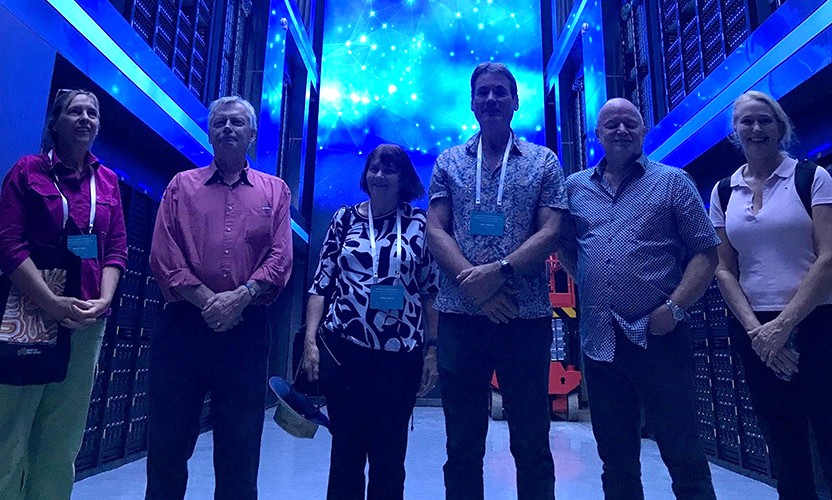
Australian Academy of Science President Professor Chennupati Jagadish and Head of International Affairs Nancy Pritchard recently joined Australian experts in Beijing for high-level discussions on environmental collaboration and shared conservation priorities.
The Australia-China Workshop on Environmental Protection and Biodiversity was organised by the Chinese Academy of Sciences and the Australian Academy of Science.
The workshop was part of a series of joint symposia held since 2004, supported by the Australia-China Science and Research Fund.
The event brought together six leading Australian biodiversity and conservation experts, including distinguished researchers from James Cook University, Griffith University, the University of Sydney and the Australian National University.
Academy Fellow Professor Alan Andersen from Charles Darwin University was Australian co-convenor and delegation leader.
Professor Linxiu Zhang, Director of the United Nations Environment Programme-International Ecosystems Management Partnership, served as Chinese co-convenor.
The workshop program covered four key themes: terrestrial biodiversity and conservation; river basin management and freshwater biodiversity; marine ecosystem and coastal protection; and climate change and biodiversity conservation.
The workshop showcased existing links between Chinese and Australian researchers across institutions, including CSIRO and the Australian National University.
Discussions centred on researcher mobility, funding mechanisms and shared scientific priorities, with participants agreeing to pursue further collaboration to develop joint project proposals.
Professor Jagadish said China's commitment to biodiversity research and conservation is clear.
"The scale of its conservation actions, particularly their long-term monitoring programs, have no parallel in Australia," Professor Jagadish said.
"There is certainly potential for Australian Chinese research collaboration in areas including migratory shorebirds, plastic ingestion in birds, restoration efforts and research on the biosphere and hydrosphere."
The visit also included tours of research facilities, such as the Earth System Numerical Simulation Facility, EarthLab and the Supercomputing Facility at the Chinese Academy of Sciences' Institute of Atmospheric Physics.






